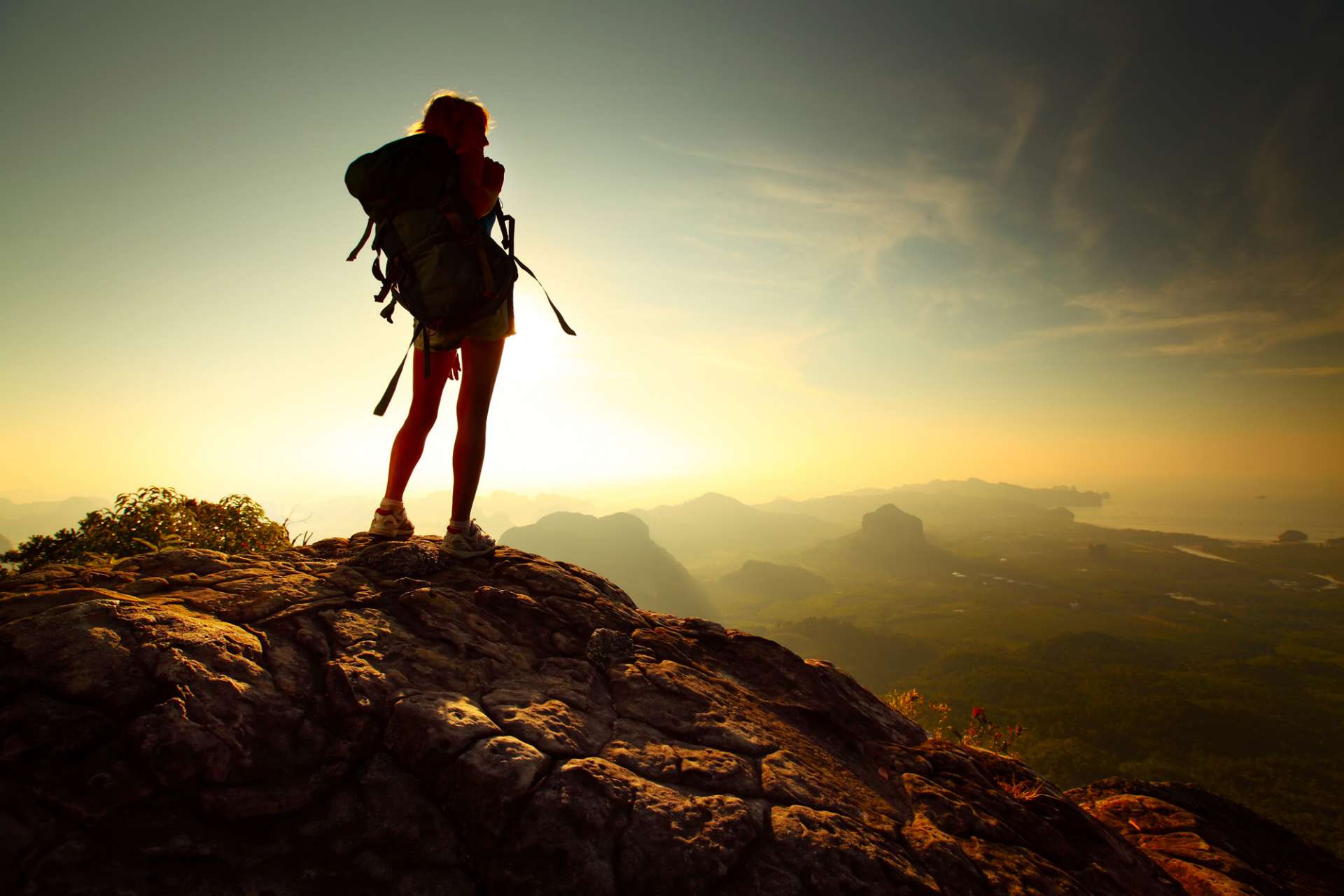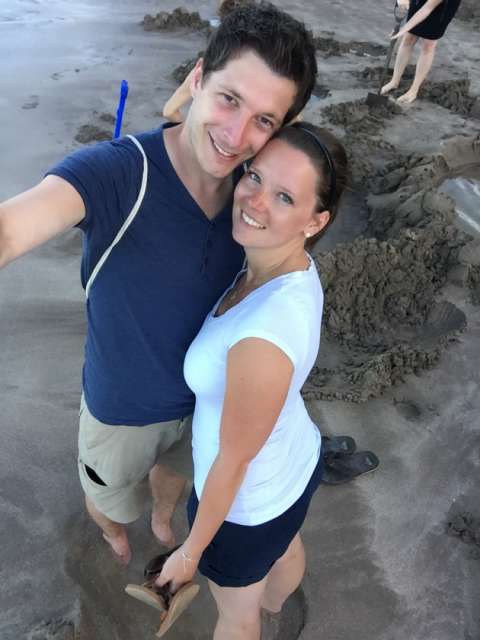Volcanic belt in the heart of the North Island - Part 1
Diterbitake: 14.02.2017
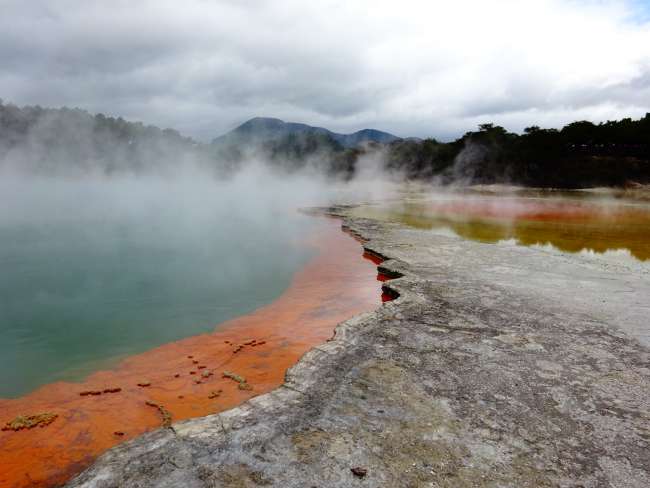
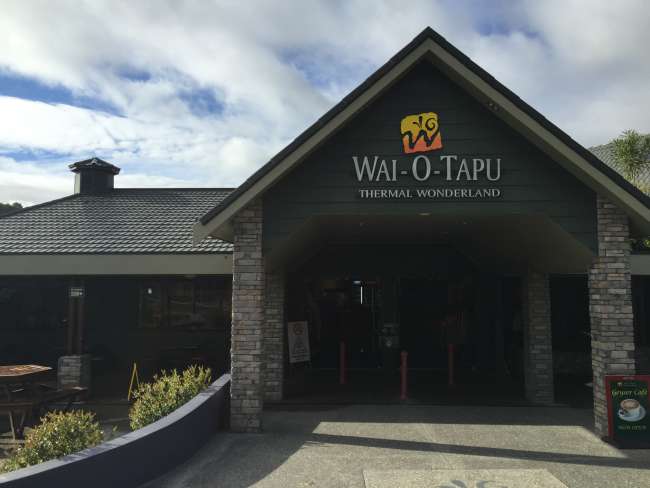
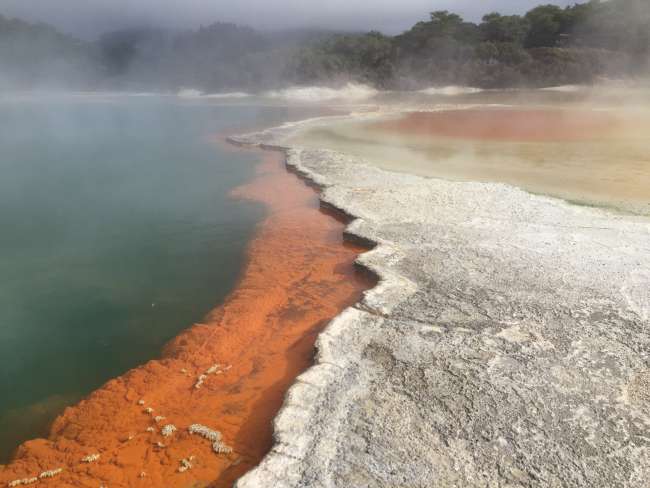
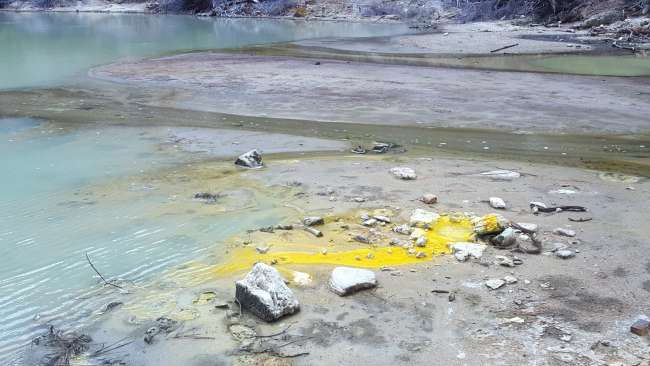
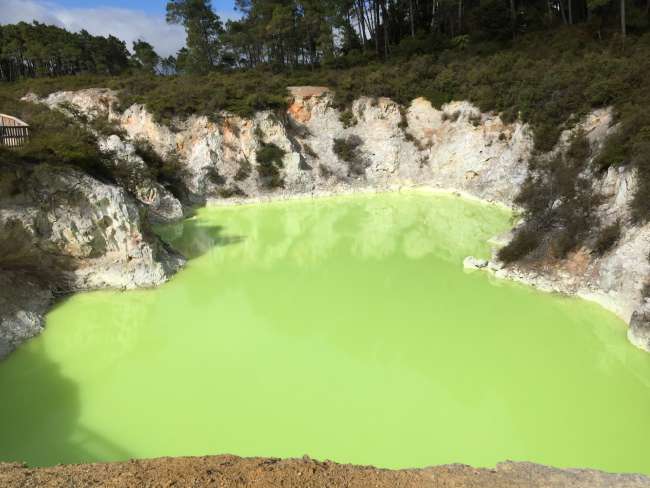
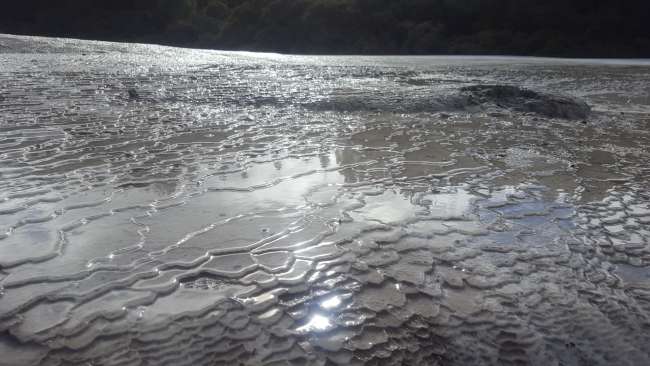
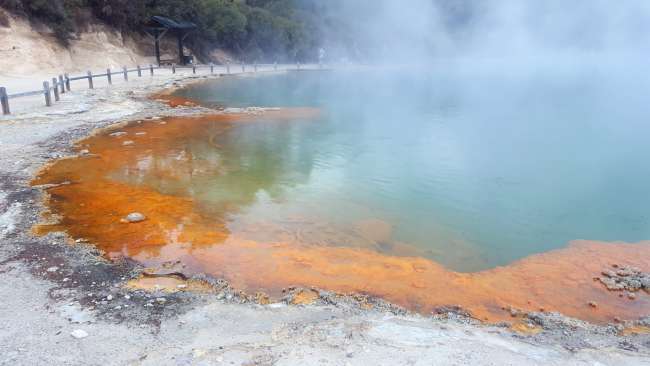
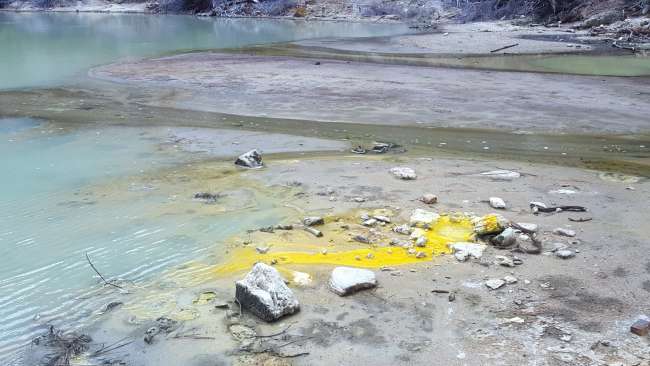
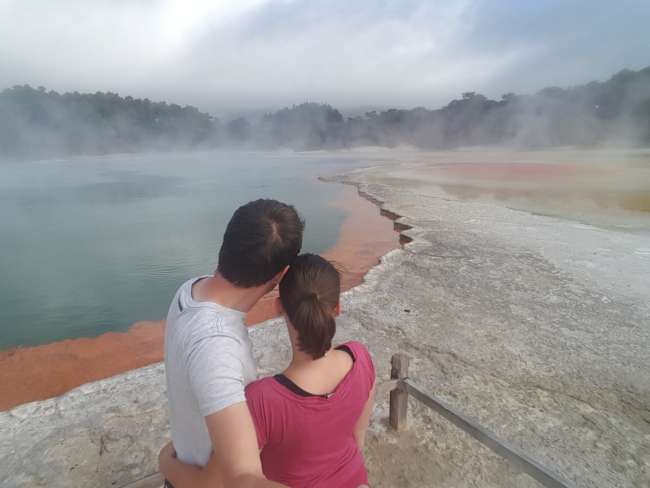
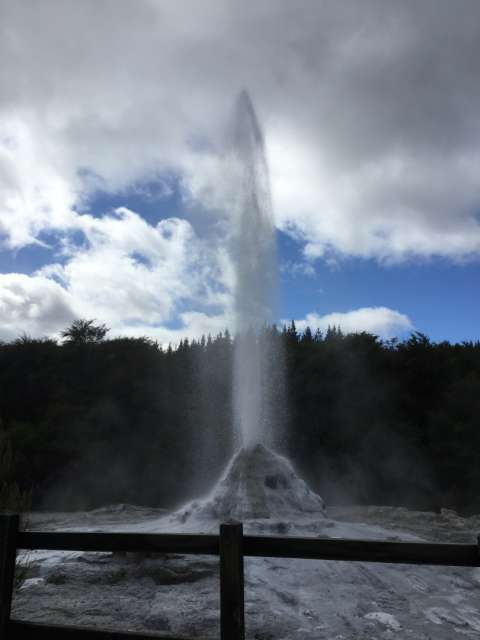
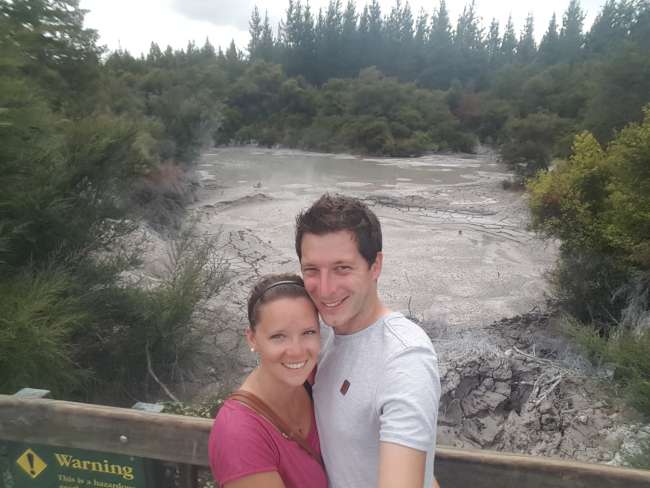
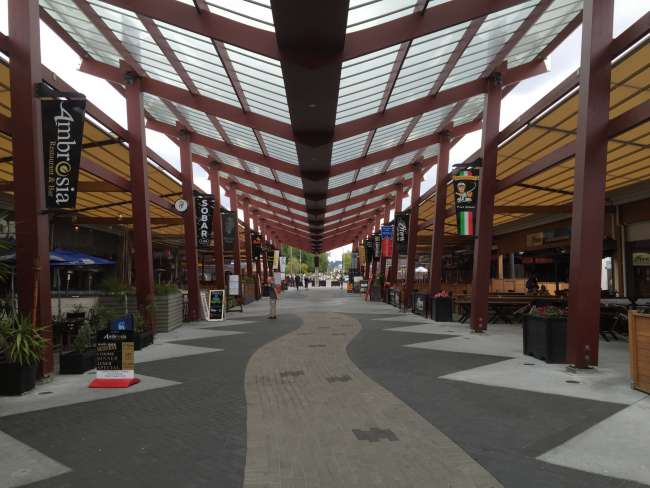
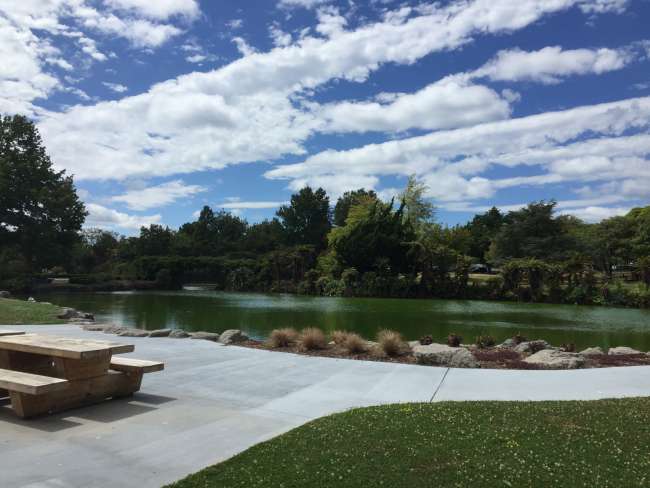
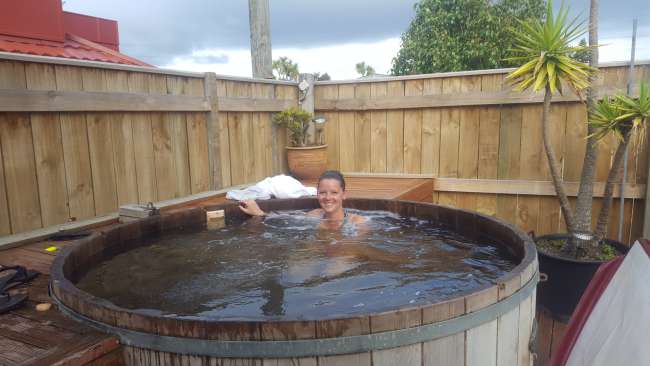
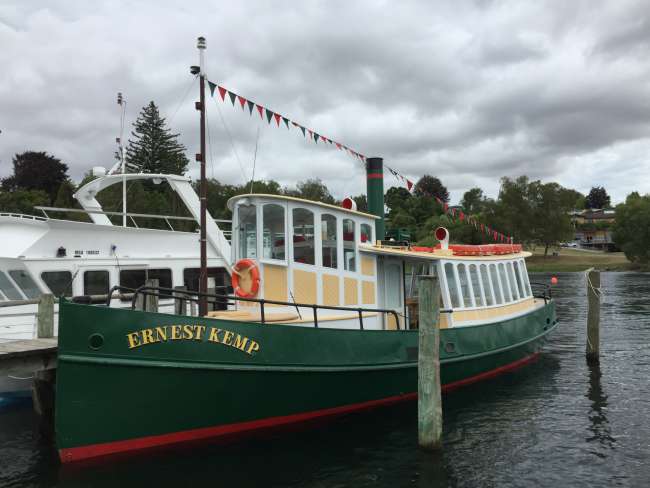
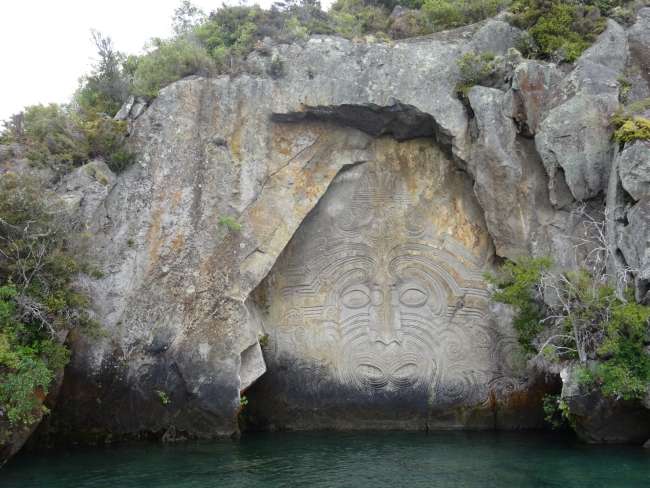
Langganan Newsletter
After visiting Hobbiton, we continued south to the Rotorua area, where more highlights of the North Island awaited us. At the beginning, we had a difficult decision to make as we had to choose which geothermal park to visit. We had the option to choose between Wai-o-Tapu and Te Puia. In the end, we decided to visit the Wai-o-Tapu park based on the feedback we found online and the information at the i-Site. This park offered more attractions for us, such as the 'Lady Knox Geyser' and the breathtaking 'Champagne Pool'. However, if you prefer a complete package including a geothermal park, dinner, and traditional Maori shows, Te Puia might be a better choice.
Our visit to Wai-o-Tapu started very early in the morning. We arrived at the almost deserted parking lot around 8:30 AM, feeling like the first visitors. This turned out to be the right decision, and we would recommend it to every visitor of the park. Due to our early arrival, we were able to enjoy the red and orange walk (approximately 1.5 km with all the main attractions) undisturbed and take many beautiful pictures before the crowds and tour buses full of Chinese tourists ;-) arrived.
The absolute highlight of the 'Wai-o-Tapu Thermal Wonderland' for us was the Champagne Pool and the colorful scenery of the park. It's no wonder that TripAdvisor has named this place one of the 10 most surreal places in the world in the past.
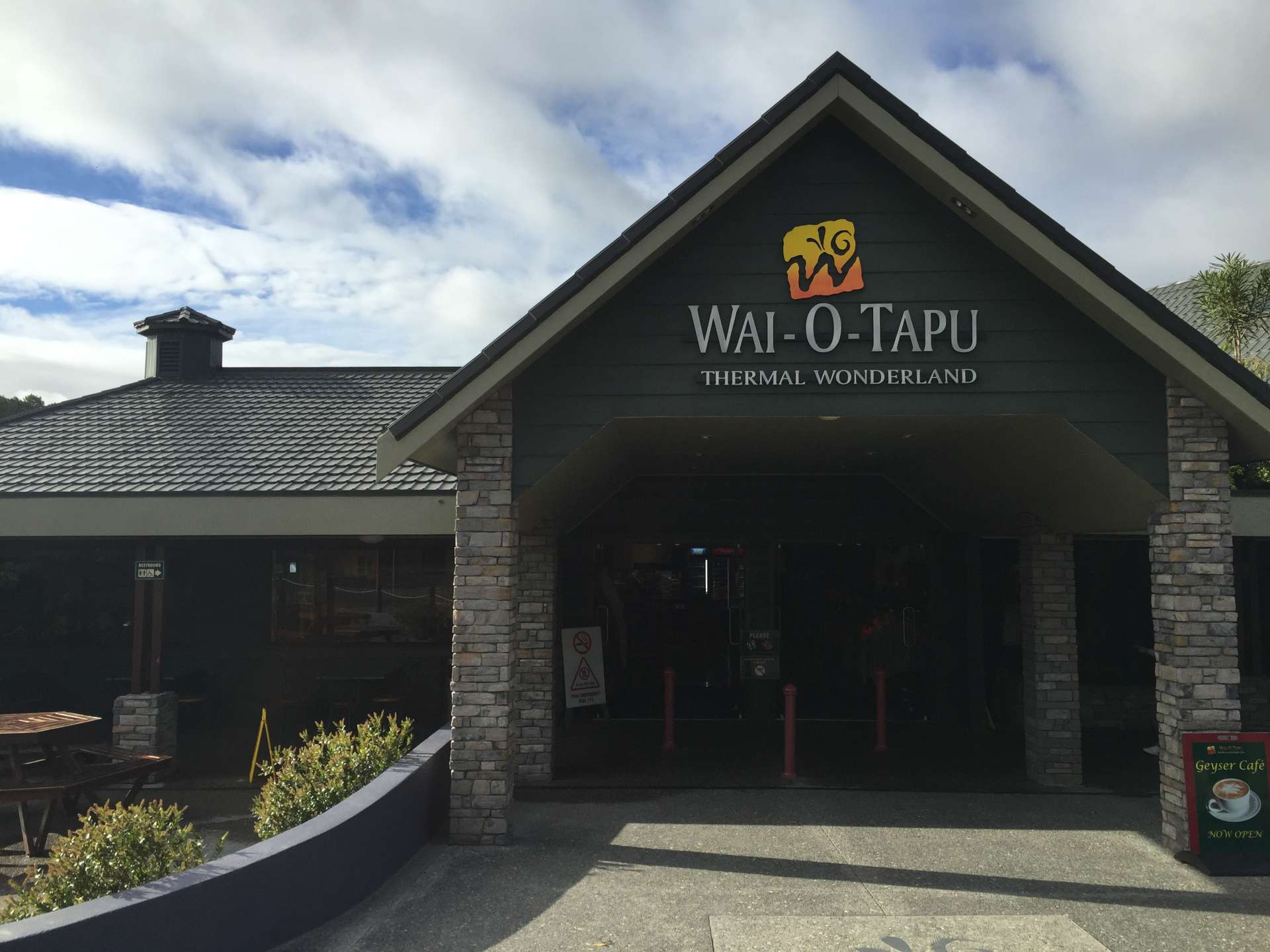
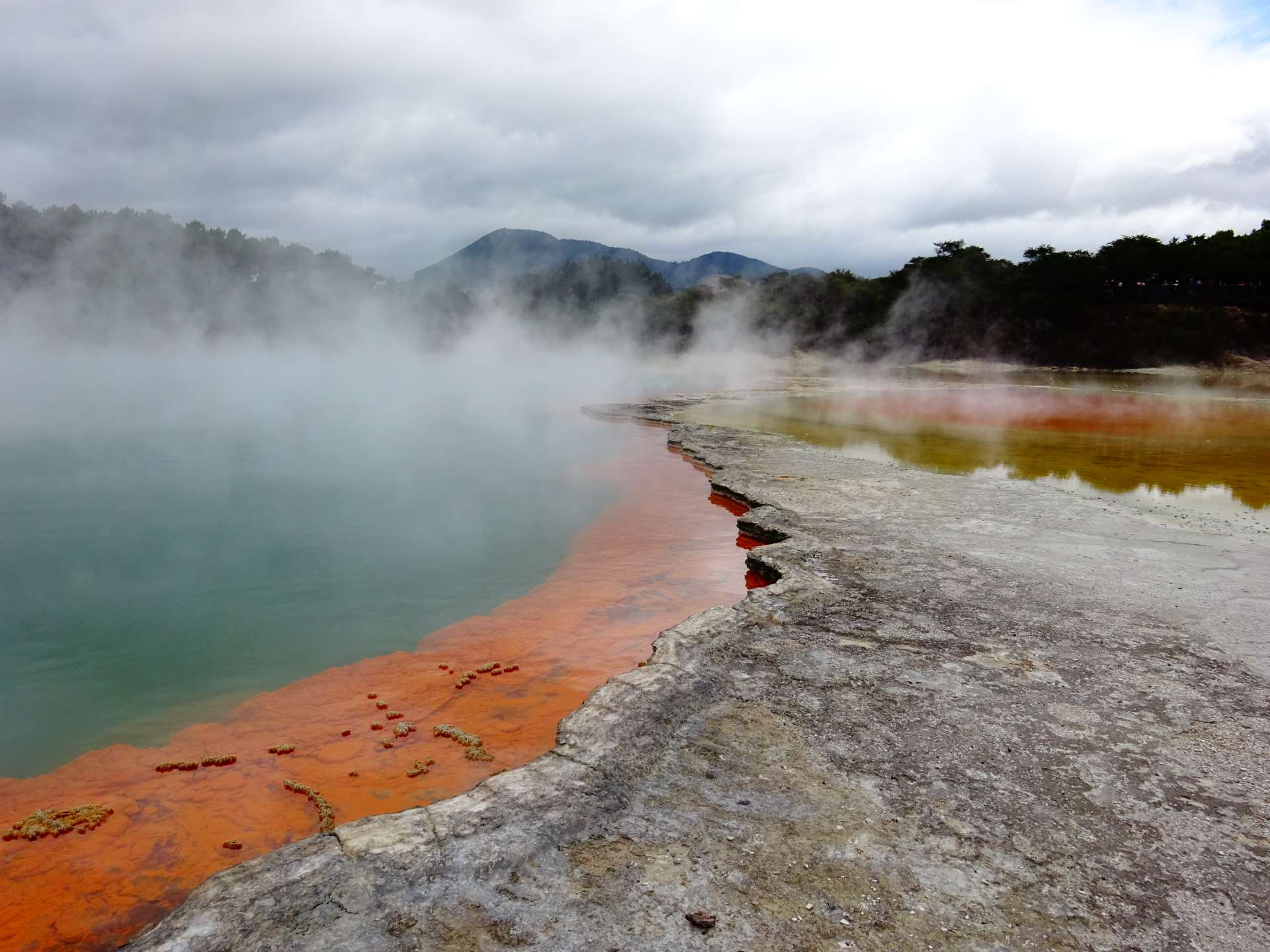


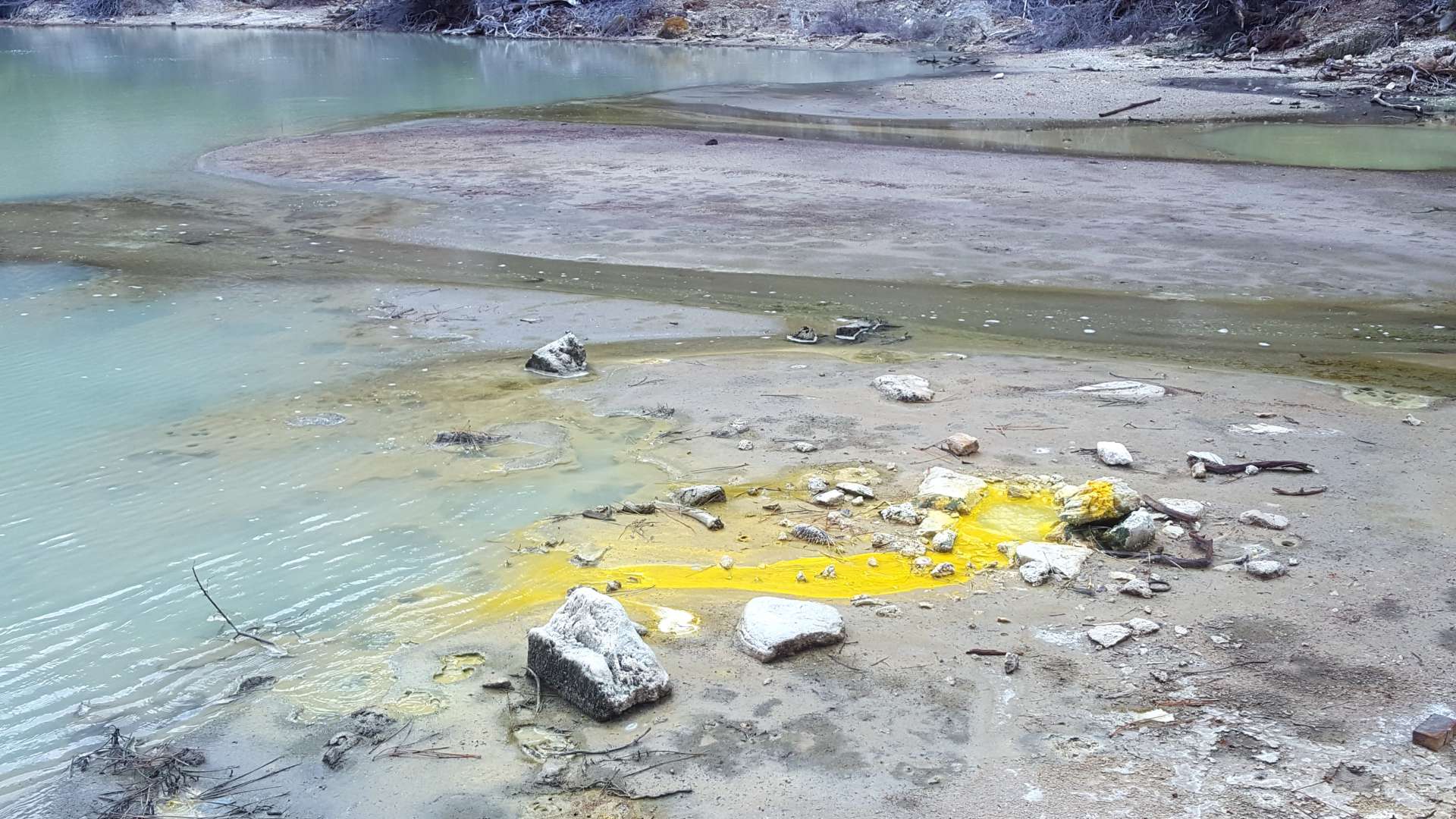

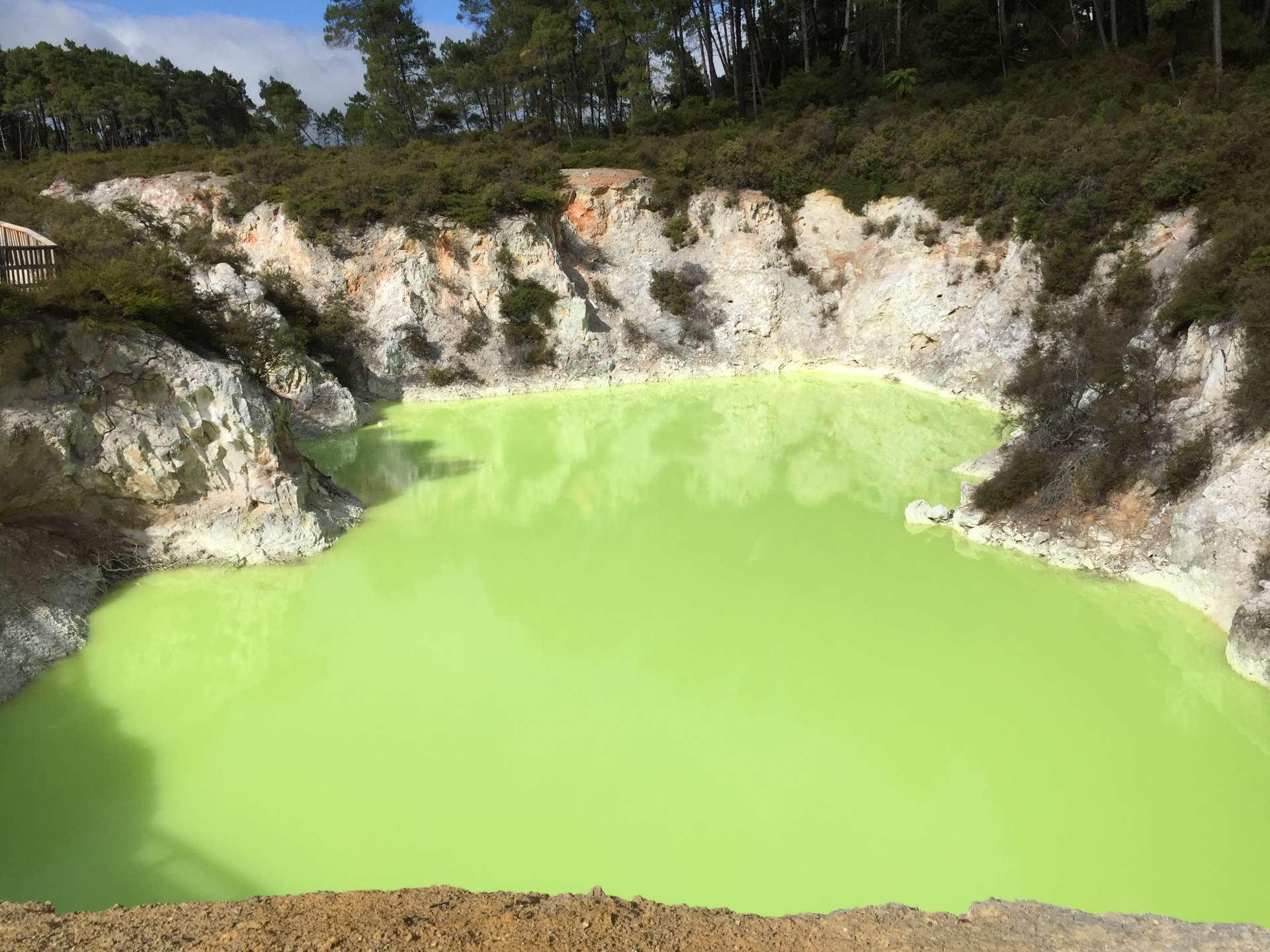
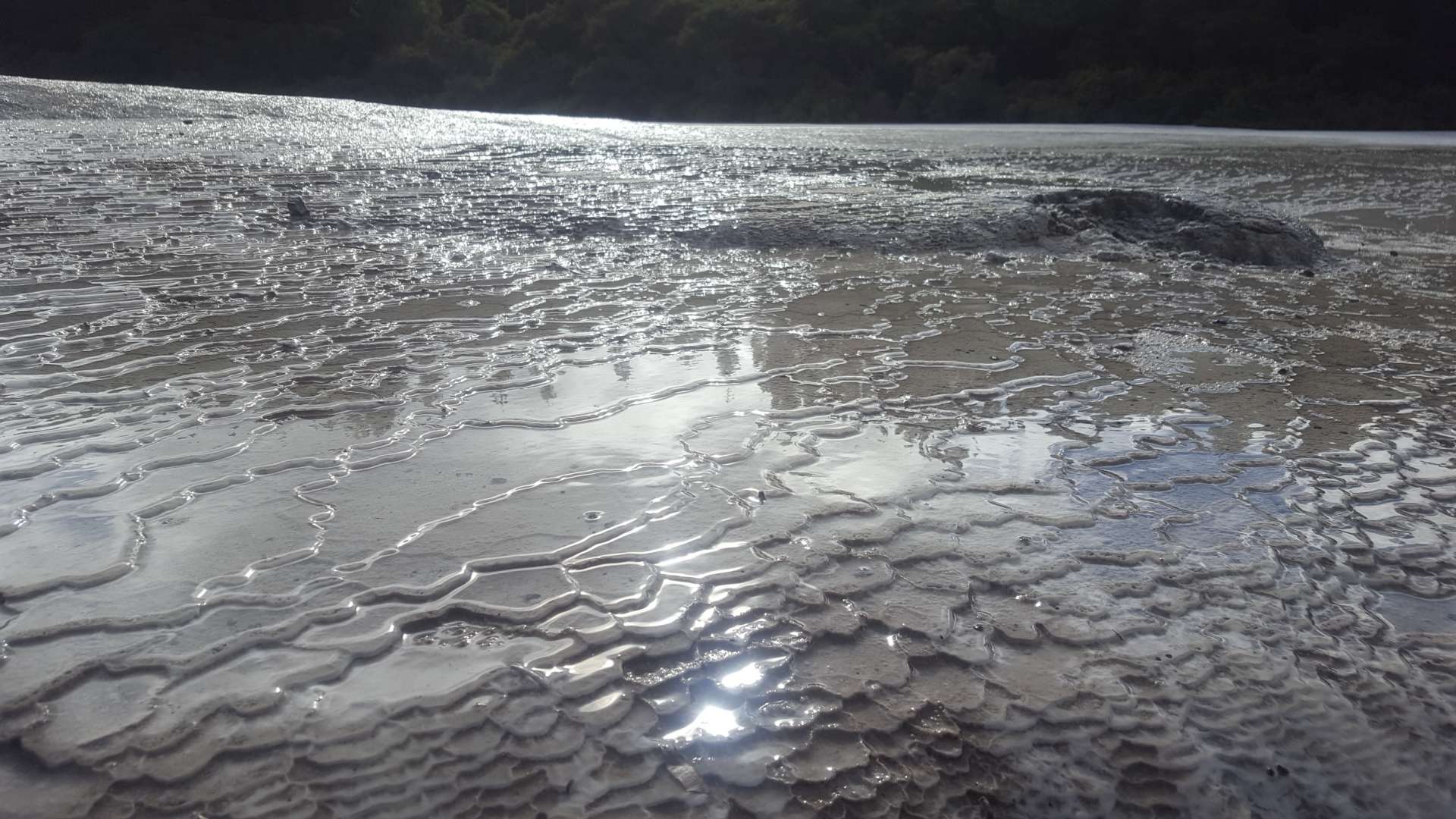

The Champagne Pool is a hot water spring that originated from a volcanic eruption approximately 700 years ago and is about 62m deep. The water at the bottom has a temperature of about 230°C while it cools down to approximately 74°C at the surface. The orange rim contains arsenic and sulfur and is rich in minerals including gold and silver.
Afterwards, we had to take a 5-minute drive to be present for the eruption of the 'Lady Knox' Geyser. The geyser is part of the park but located slightly outside, and it is artificially brought to eruption every morning at 10:15 by adding normal soap. Therefore, it is recommended to purchase a ticket for the park no later than 9:30 to witness the eruption.
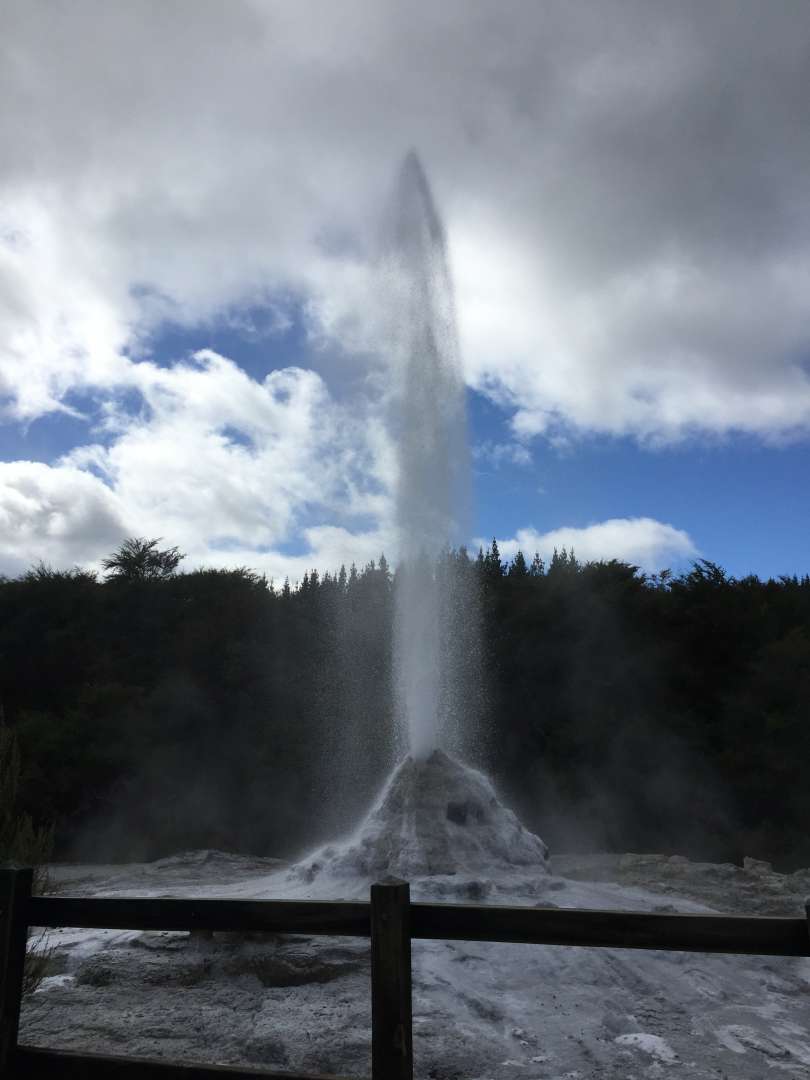
Afterwards, we went back to the park to complete the final circuit. It was also beautiful, but there were no additional highlights, and the park was quite crowded with tourists.
After visiting Wai-o-Tapu, we headed to Rotorua, which is about 30km away. Here, we explored the city center and visited the free thermal park Kuirau, which is also worth a short stop.
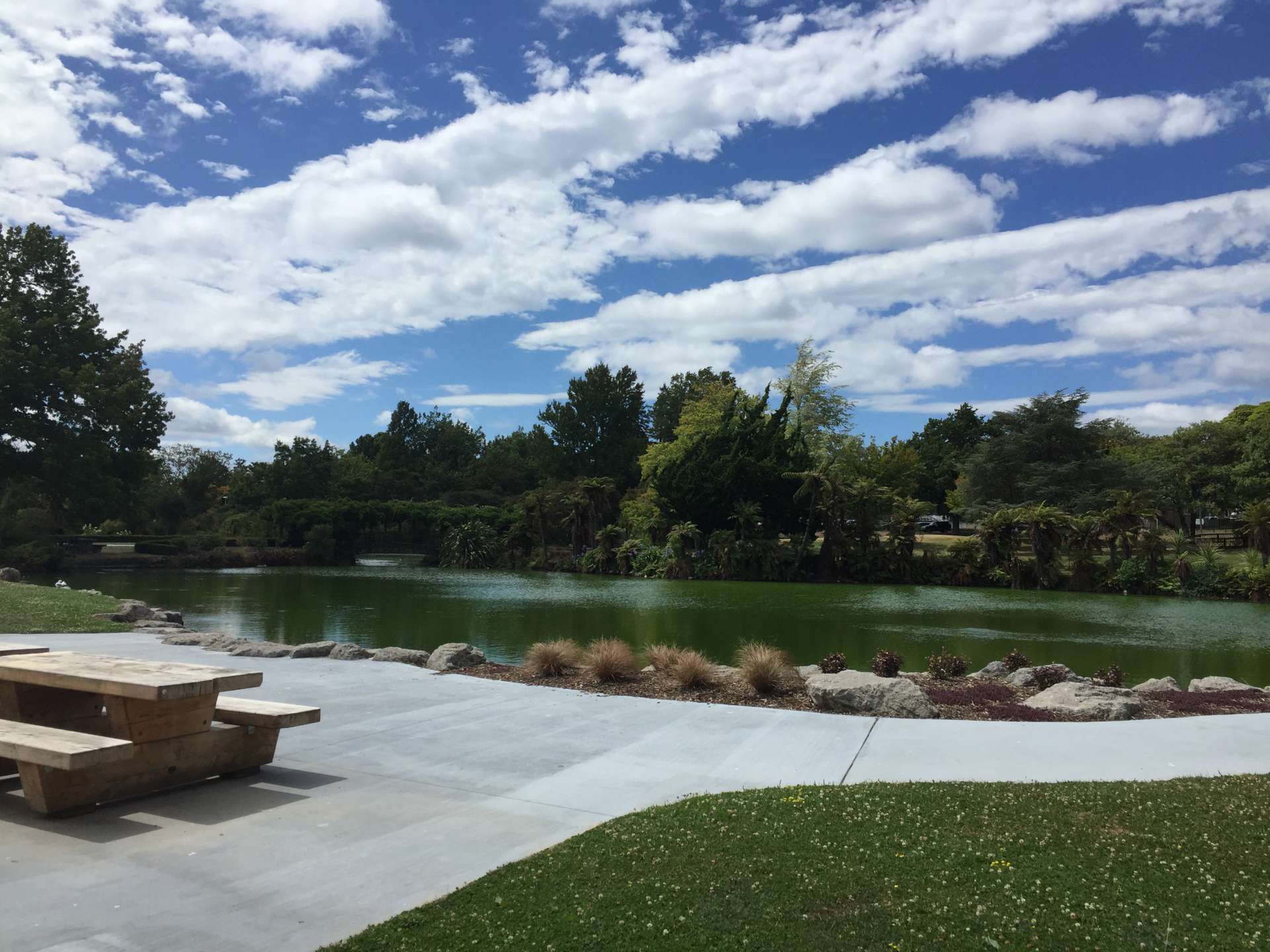

For the night, we booked a hostel in Taupo for the first time during our New Zealand trip. So far, except in Auckland, we had stayed at campsites, which allowed us to explore remote but beautiful locations. However, we were quite happy to exchange our air mattress and tent for a hostel, a room, and a bed. We booked the Haka Lodge, which turned out to be a stroke of luck. The hostel had everything we wished for and even had a hot tub in the garden, which we booked for half an hour upon our arrival (free of charge, but you have to sign up on a list at the reception).
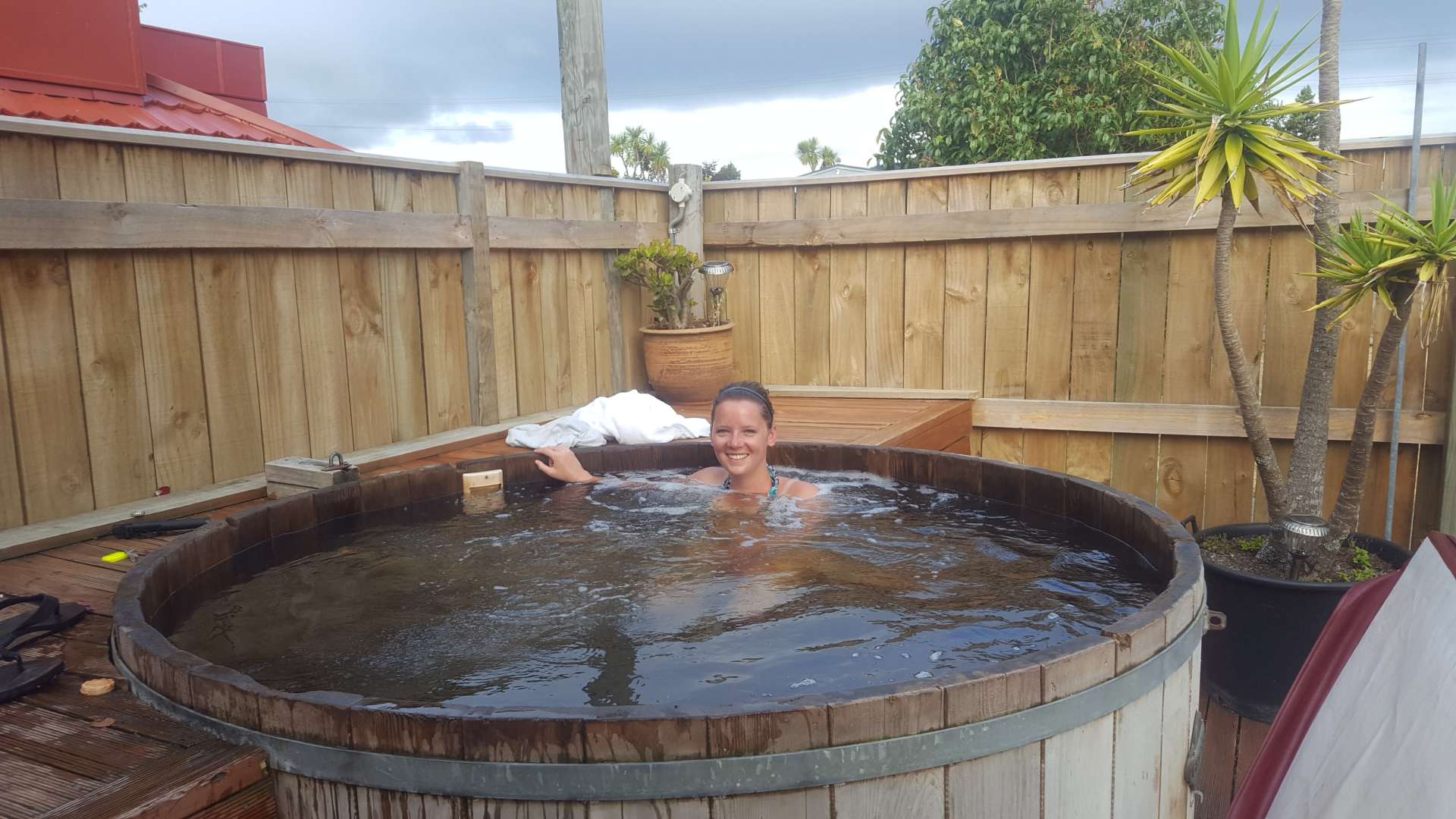
We spent the next day in Taupo as well and booked a tour of Lake Taupo, including a visit to the Maori carvings, online on 'bookme.com'. This website is also highly recommended for travelers in New Zealand as it offers all kinds of activities at a fraction of the original price. Lake Taupo is one of the largest volcanic crater lakes in the world and is still an active volcano. It, along with Lake Rotorua, Lake Tarawera, and the major volcanoes Ruapehu, Ngauruhoe, and Tongariro, is part of the most volcanically active areas in New Zealand and is located in the Taupo Volcanic Zone along a line.
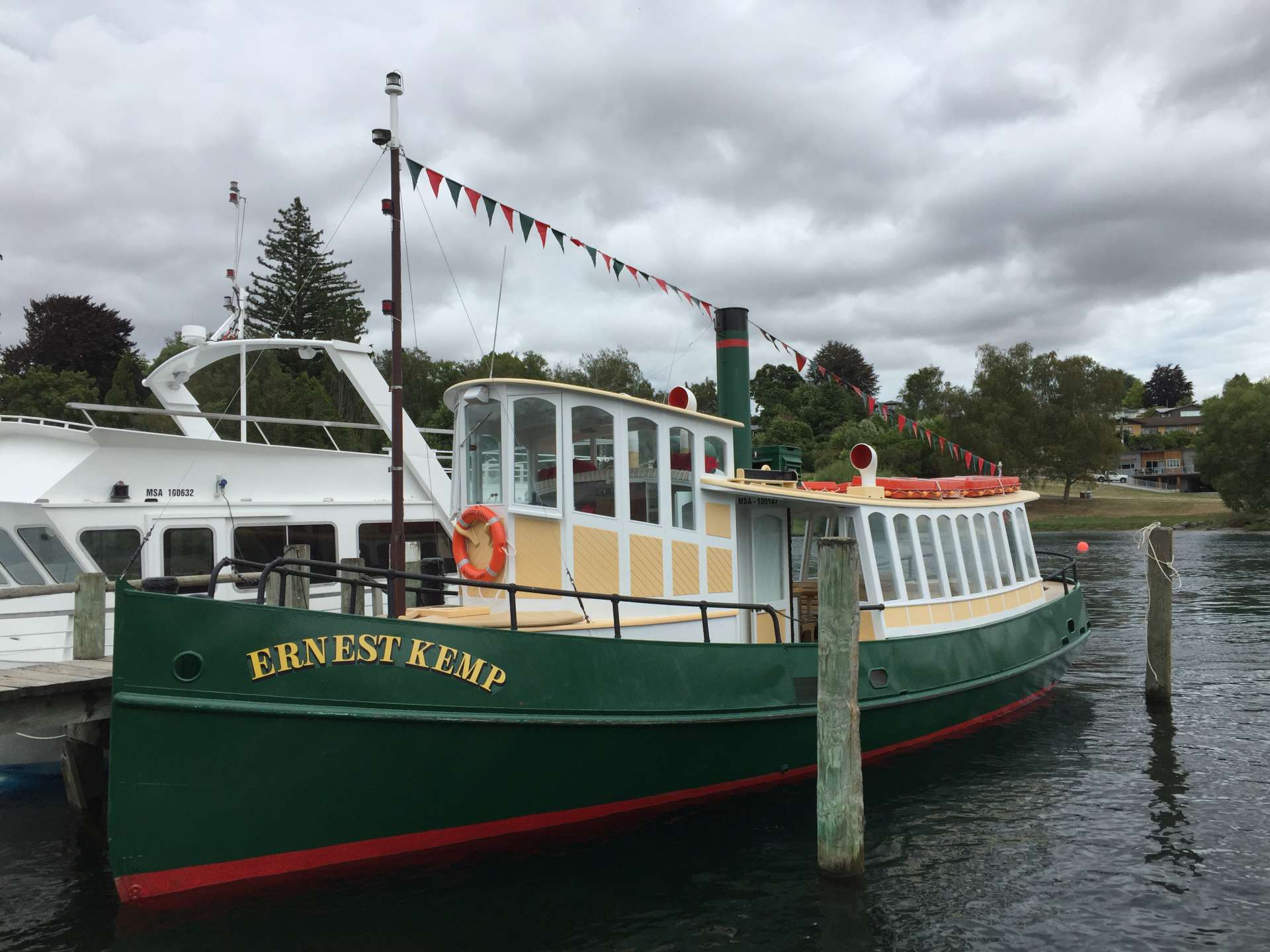
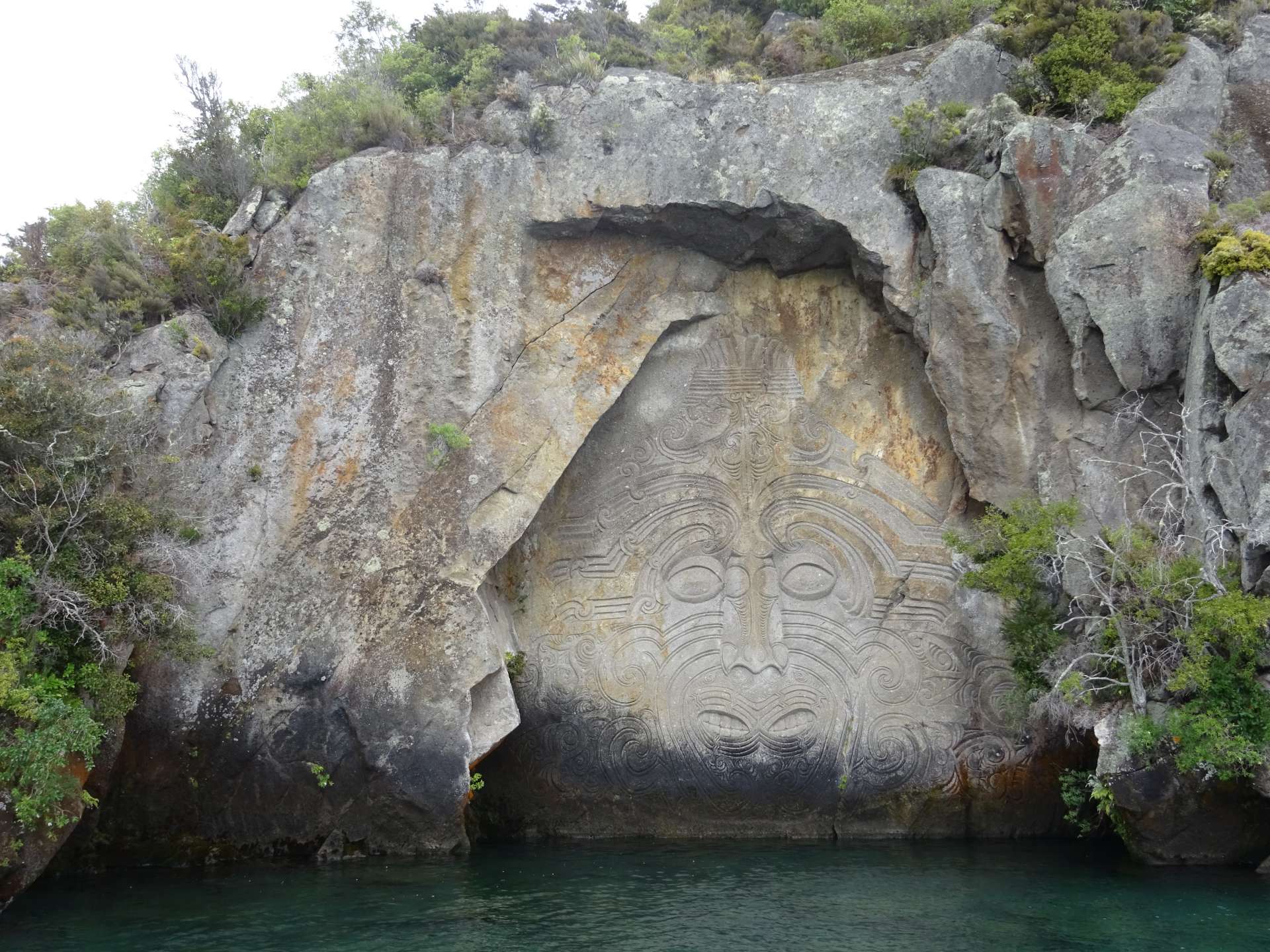
Afterwards, we set up our campsite at the Reid Farm, located just outside Taupo. This is a completely free camping site, and it allows you to save some travel budget ;-)
Langganan Newsletter
Wangsulan

Laporan perjalanan Selandia Anyar
